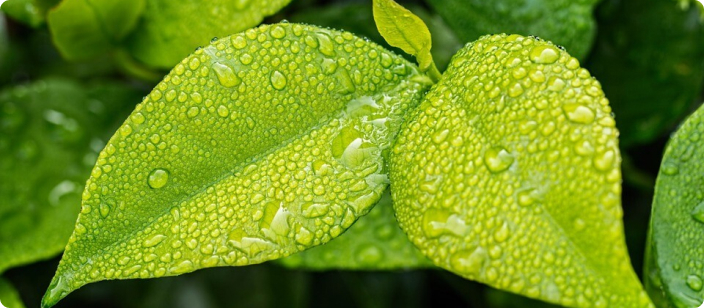Plant analysis
 Analysis of plant tissue samples gives a clear idea of the nutritional status of your crops. By combining these data with the results of soil analysis (because it is always better to review any plant analysis data with a representative soil analysis report), you will be able to make better management decisions that could increase yields and reduce costs throughout the growing season.
Analysis of plant tissue samples gives a clear idea of the nutritional status of your crops. By combining these data with the results of soil analysis (because it is always better to review any plant analysis data with a representative soil analysis report), you will be able to make better management decisions that could increase yields and reduce costs throughout the growing season.
It is clear that high-quality and profitable crops are simply not obtained. There are many factors to consider in order to achieve such yields. For example: sufficient soil moisture, soil fertility, cultivated culture and the development of its root system, crop resistance to disease and more.
Analyzing plant tissue samples will help you identify and understand the differences and problems associated with nutrition (if any). The results of plant tissue analysis can also be used to add additional nutrients.
Soil analysis shows the level of nutrients present in the soil, which are necessary for sufficient nutrition of your crops. Providing the soil with the right level of nutrients is an effective way to get the maximum yield.
But even when the level of nutrients in the soil is adjusted by applying fertilizers, crops may still not get some of the necessary nutrients in sufficient quantities. Some factors can adversely affect crop uptake of nutrients, even if the soil is properly fertilized.
Before taking samples of plants, it is recommended to note where exactly (what part of the plant) and what visual symptoms you see on the plant. For comparison, select the same parts of the plant (usually the leaves) from the good and bad areas. This comparison (analysis of healthy and damaged plants) will give you the most accurate idea of the existing problem.
Make sure that the selected leaf samples are free of any dirt. Selected samples should be placed in any paper bag and sent immediately to the laboratory for analysis.
Therefore, plant tissue analysis is a good tool to fine-tune your nutrient management plan and increase crop yields. Therefore, it is recommended to analyze plant samples to identify and track deficiencies or imbalances, especially when visual symptoms of nutrient deficiencies in plants are detected.
WHAT IS
THE NEED FOR
PLANTS ANALYSIS
The main tasks of leaf diagnostics:
- Determining the concentration of basic nutrient elements necessary for plant development;
- In case of external signs of deficit – determination of which element is in deficit;
- Monitoring the level of nutrient supply of plants to achieve the planned yield.
WHO NEEDS
ANALYSIS OF PLANTS
Most farmers and agronomists use plant material analysis data to understand which nutrients in a plant are deficient or in excess of the optimal concentration required for normal plant growth.
MAIN RECOMMENDATIONS FOR PLANT SELECTION FOR ANALYSIS
WHERE TO CHOOSE
- Paper envelope, or any other paper container – ideal for sending plant samples to our laboratory
- Selected samples should be delivered to the laboratory for analysis as soon as possible
- DO NOT place plant samples in plastic containers or in containers with ZIP locks
WHEN TO SELECT
The ideal time for plant selection is the time of flowering.
